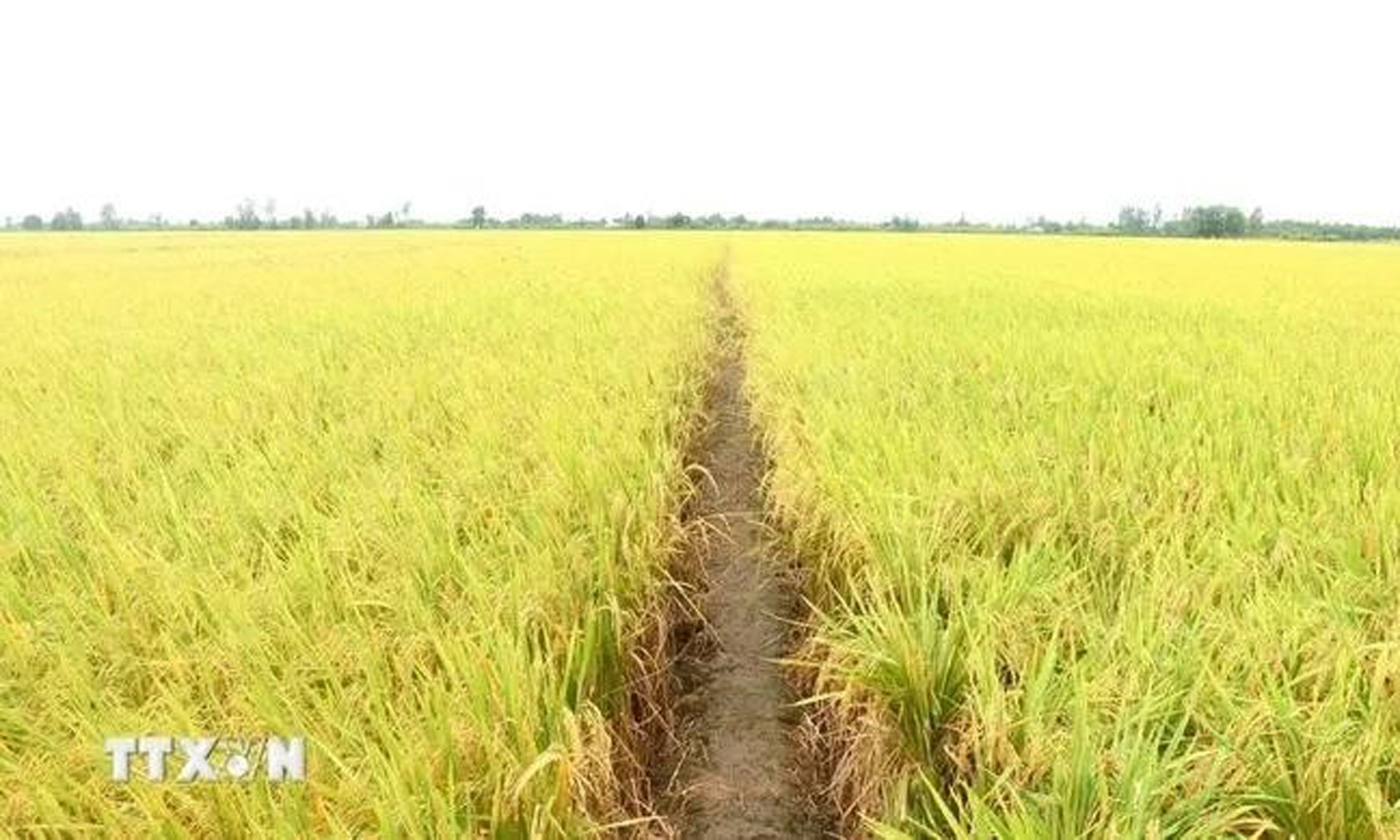Mekong Delta region enjoys growing crop production
ABO/NDO- The Mekong Delta region’s cultivation sector has maintained good growth with increased production of major products, ensuring supply for domestic market and export, heard a conference held in Long An province on August 20 to review the region’s cultivation activities in 2024 and launch a plan for 2025.
According to Le Thanh Tung, Deputy Director of the Department of Crop Production under the Ministry of Agriculture and Rural Development (MARD) said that the region’s total rice farming area in 2024 is estimated at 3.82 million hectares with an output of 24.14 million tonnes, up 11,130 tonnes compared to 2023.
 |
| Illustrative immage (Source: VNA). |
However, rice production in the region has faced many challenges from climate change, drought and saltwater intrusion, he said. The use of farming land has yet to be effective, causing soil degradation, while the unsuitable use of input materials has caused a waste of resources and environmental pollution, he added.
Meanwhile, Nguyen Minh Lam, Vice Chairman of the People’s Committee of Long An underlined the need to expand high-quality rice production area in association with agricultural reform. He noted that the locality currently has 60,000 hectares of high-tech rice farm.
Regarding the production plan for 2025, MARD Deputy Minister Hoang Trung directed regional localities to speed up the implementation of agricultural projects in line with agricultural restructuring, especially the project to develop 1 million hectares of high-quality rice in association with boosting green growth in the region, the project to develop key fruit products, and another to promote industrial plants with special attention to coconut trees.
The official asked the localities to keep a close watch on the hydrometeorological situation and water resources to proactively protect production and minimise risks of damage.
Trung advised them to build a plan to prevent drought and saltwater intrusion, while forecasting and preventing diseases on rice and other crops.
(Source: NDO)
 về đầu trang
về đầu trang







